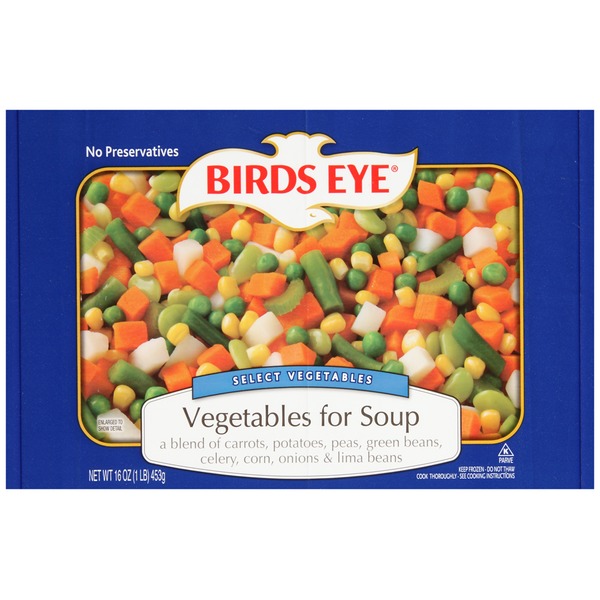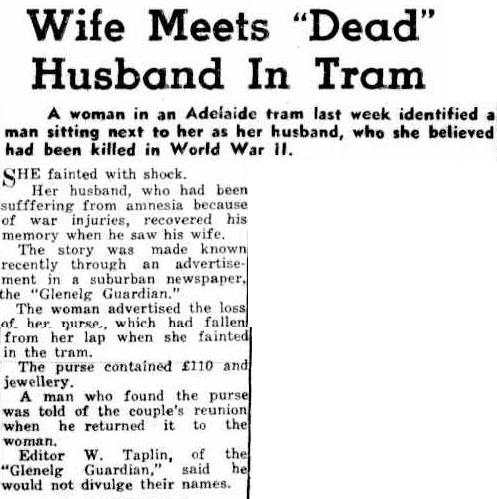Gordon1552
Senior List
- Oct 7, 2019
- 207
- 199
- AFL Club
- Brisbane Lions
In the image you show, the heads are at different angles, so the 3D grab is more upright and the headshot of the bust is leaning forward a little. The other more noticeable issue is the size of the ear. The 3D ear is significantly smaller than the bust ear. I think that accounts for the variation in measurements. What you can see is the effect of the 'building' that Paul Lawson did making use of the photographs as his guide. In fairness, the optical illusion caused by light and shade delineation is part of the issue at hand. If you were to turn both images to the same colour set and then adjust the lighting you would see the problem. If I get time today I will take a look and produce that image.View attachment 770891
Bust of SM compared to 3D image of the bust supplied by Gordon. 3D image has not been changed in any way. Both images have the ears 1.5 cm long and 0.9 cm at the widest part.
Distance from the top of ear to the top of head is 1.5 cm in the bust.
Distance from the top of ear to the top of head is 2.0 cm in the 3D scan.
From point of hair line to top of nose = 1.6 cm on bust.
From point of hair line to top of nose = 2.0 cm on 3D image











